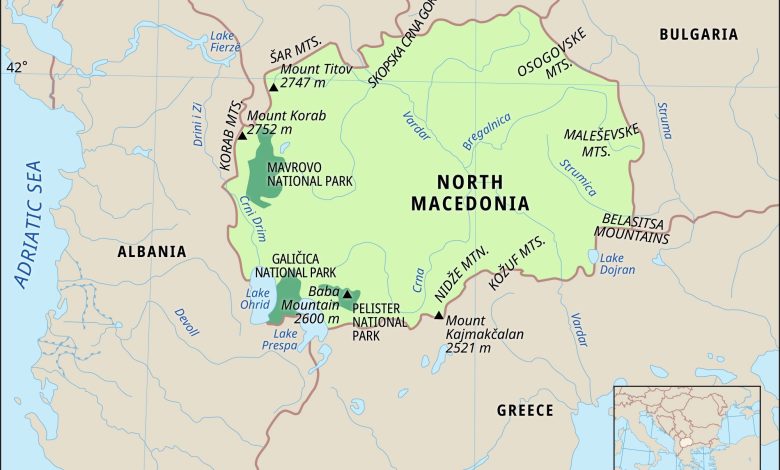Introduction And History of North Macedonia: Unveiling Its Rich Legacy

North Macedonia is a beautiful country in Southeast Europe. It is located on the Balkan Peninsula. This country is known for its rich history and diverse culture.
Credit: theworldtourx.medium.com
Geographical Location
North Macedonia is a landlocked country. It is bordered by Kosovo, Serbia, Bulgaria, Greece, and Albania. The capital city is Skopje. It is the largest city in the country.
Early History
People have lived in North Macedonia for thousands of years. The earliest known inhabitants were the Thracians and Illyrians. Later, the region became part of the Roman Empire.
Antiquity
In ancient times, North Macedonia was known as Paeonia. It was an important region for the Romans. Many Roman roads and buildings were constructed here.
Medieval Period
During the medieval period, North Macedonia was part of the Byzantine Empire. Later, it came under the rule of the Bulgarian and Serbian Empires.
Ottoman Rule
In the 14th century, the Ottoman Empire conquered North Macedonia. The Ottomans ruled the region for over 500 years. They left a significant impact on the culture and architecture.
Modern History
In the early 20th century, North Macedonia became part of Yugoslavia. It gained independence in 1991. Since then, it has been known as the Republic of North Macedonia.
Independence
North Macedonia declared independence on September 8, 1991. This was a peaceful process. The country became a member of the United Nations in 1993.
Culture and Heritage
North Macedonia has a rich cultural heritage. It is known for its traditional music, dance, and art. The country celebrates many festivals throughout the year.
Traditional Music And Dance
Traditional music and dance are important parts of North Macedonian culture. The most famous dance is the Oro. It is performed at weddings and festivals.
Art And Architecture
North Macedonia has many beautiful churches and monasteries. The most famous is the Church of St. John at Kaneo. It is located on the shores of Lake Ohrid.
Natural Beauty
North Macedonia is known for its stunning natural landscapes. It has many mountains, lakes, and rivers. The most famous lake is Lake Ohrid. It is one of the oldest and deepest lakes in Europe.
National Parks
There are three national parks in North Macedonia. These are Mavrovo, Pelister, and Galicica. They are home to many rare plants and animals.
Economy
The economy of North Macedonia is growing. The main industries are agriculture, manufacturing, and services. Tourism is also an important part of the economy.
Agriculture
Agriculture is a key sector in North Macedonia. The country produces many fruits and vegetables. The most famous product is wine.
Tourism
Tourism is growing in North Macedonia. Many people visit for its historical sites and natural beauty. The capital city, Skopje, is a popular destination.
Key Historical Events
North Macedonia has a rich history. Here are some key historical events:
- The establishment of the Kingdom of Paeonia.
- The Roman conquest of the region.
- The rule of the Byzantine Empire.
- The Ottoman conquest in the 14th century.
- The incorporation into Yugoslavia in the 20th century.
- The declaration of independence in 1991.

Credit: www.britannica.com
Frequently Asked Questions
What Is North Macedonia’s Capital City?
Skopje is the capital and largest city of North Macedonia.
When Did North Macedonia Gain Independence?
North Macedonia declared independence from Yugoslavia on September 8, 1991.
What Languages Are Spoken In North Macedonia?
Macedonian is the official language. Albanian is also widely spoken.
What Is The Currency Of North Macedonia?
The currency is the Macedonian denar (MKD).
Conclusion
North Macedonia is a country with a rich history and diverse culture. From ancient times to modern days, it has seen many changes. Its natural beauty and cultural heritage make it a fascinating place to visit.




